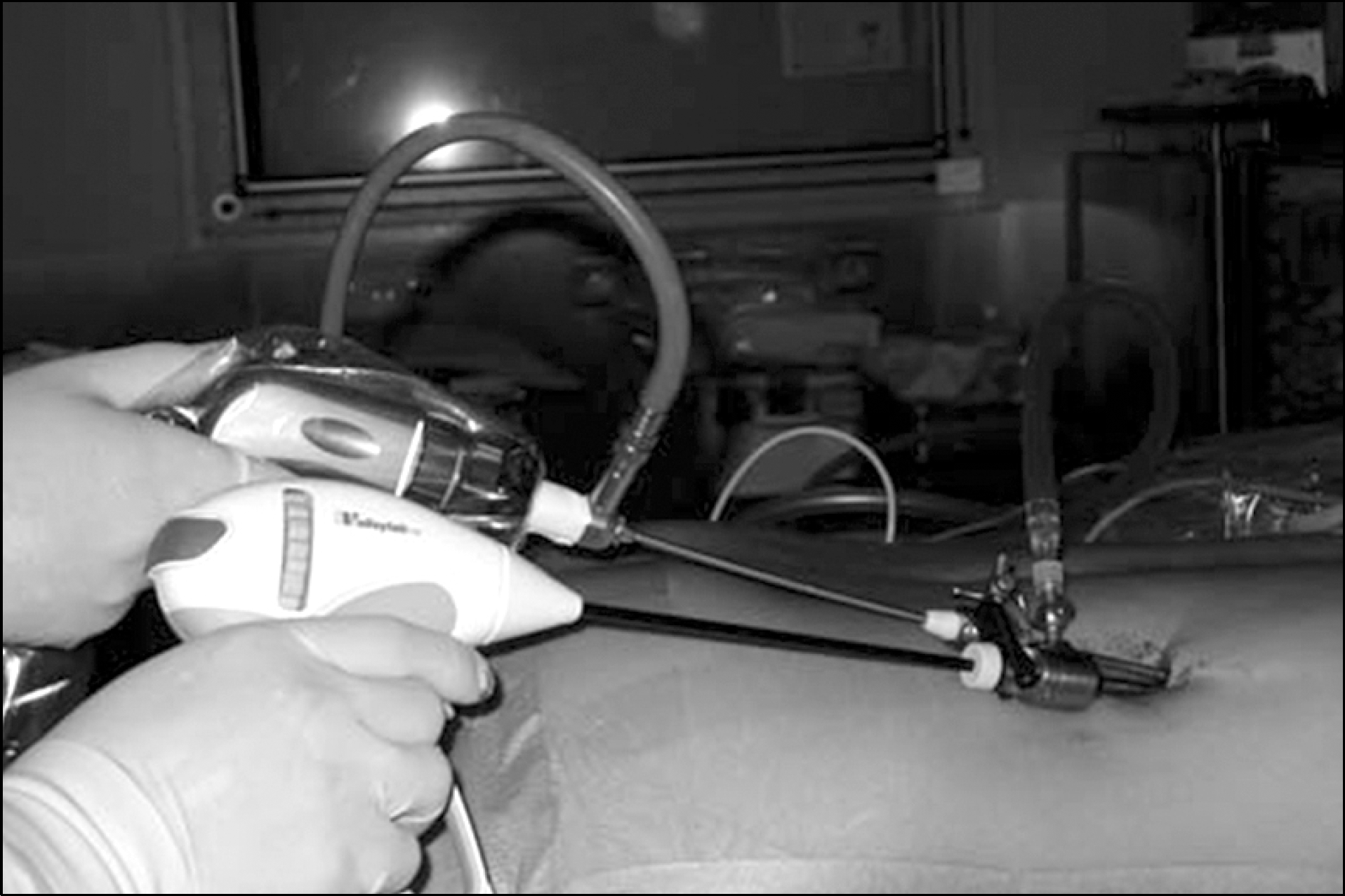Abstract
Laparoscopic adrenalectomy (LA) has become the standard for the management of benign adrenal tumors since Gagner reported a successful surgery in 1992. Conventional open adrenalectomies have been replaced by LA because of significant advantages such as reduced wound pain and hospital stays, decreased transfusion requirements, and postoperative complications. In addition to the development of laparoscopic surgery, robot-assisted adrenalectomies are gaining popularity worldwide. The robotic system offers several advantages: it magnifies a surgeon's view with 3D optics, offers excellent resolution and depth perception, and the robotic wrists offer 7 degrees of freedom, allowing for precise movements. Another new technique of laparoscopic adrenal surgery is single-port surgery, which is an effort to reduce the number of trocars and their related wound complications. Although this is technically more difficult compared to conventional laparoscopic surgeries, patients are satisfied with a single-site scar and reduced pain. In this paper, the recent development of new techniques in adrenal surgery are introduced and their specific advantages and disadvantages are discussed. Also, this article reviews the clinical results of a partial adrenalectomy for small benign adrenal tumors and adrenalectomies for single adrenal metastasis from extra-adrenal malignancy.
REFERENCES
1.Horgan S., Vanuno D. Robots in laparoscopic surgery. J Lapa-roendosc Adv Surg Tech A. 2001. 11:415–9.

3.Winter JM., Talamini MA., Stanfield CL., Chang DC., Hundt JD., Dackiw AP, et al. Thirty robotic adrenalectomies: a single institution's experience. Surg Endosc. 2006. 20:119–24.
4.Kwak HN., Kim JH., Yun JS., Son BH., Chung WY., Park YL, et al. Conventional laparoscopic adrenalectomy versus laparo-scopic adrenalectomy through mono port. Surg Laparosc En-dosc Percutan Tech. 2011. 21:439–42.

5.Walz MK., Groeben H., Alesina PF. Single-access retroperi-toneoscopic adrenalectomy (SARA) versus conventional retro-peritoneoscopic adrenalectomy (CORA): a case-control study. World J Surg. 2010. 34:1386–90.

6.Gittens PR Jr., Solish AF., Trabulsi EJ. Surgical management of metastatic disease to the adrenal gland. Semin Oncol. 2008. 35:172–6.

7.Abrams HL., Spiro R., Goldstein N. Metastases in carcinoma; analysis of 1000 autopsied cases. Cancer. 1950. 3:74–85.
8.McLean K., Lilienfeld H., Caracciolo JT., Hoffe S., Tourtelot JB., Carter WB. Management of isolated adrenal lesions in cancer patients. Cancer Control. 2011. 18:113–26.

9.Luketich JD., Burt ME. Does resection of adrenal metastases from non-small cell lung cancer improve survival? Ann Thorac Surg. 1996. 62:1614–6.

10.Sarela AI., Murphy I., Coit DG., Conlon KC. Metastasis to the adrenal gland: the emerging role of laparoscopic surgery. Ann Surg Oncol. 2003. 10:1191–6.





 PDF
PDF ePub
ePub Citation
Citation Print
Print




 XML Download
XML Download